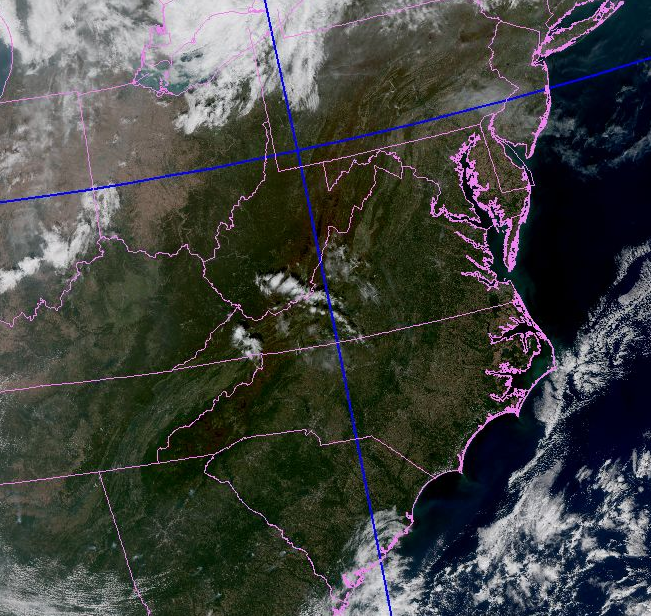Lawn mowers are being replaced by leaf blowers in the autumn yard work routine. Whether you are in western NC or on the coast, you will experience of some degree of festive foliage in your area. But what exactly causes this change, and why do the mountains experience it earlier? The answer is simple: trees respond to weather and climate!
The Science Inside a Leaf
Well, maybe it isn’t that simple. Not all trees change color in the fall and they certainly don’t change to the same color. To find out why, we have to dive into the world of plant biology!
When considering leaf color change, there are two types of trees: evergreen and deciduous. True to their name, evergreen trees stay green all year long! (Plant fact: A common misconception is that all conifer/pine trees are evergreens, but that is not the case.)
On the other hand, deciduous trees lose their leaves each fall because they only have one growing season. A tree’s growth is fueled with energy from the sun collected by its green leaves. Near the end of the growth cycle, the energy-collecting processes grind to a halt and the tree doesn’t need its leaves anymore to collect that solar fuel. This causes the green pigment to break down, revealing other pigments and chemical byproducts.
Different types of trees have different pigments, which is why there is such diversity in leaf color. These colors can be so vibrant they can sometimes be seen from space!

Weather and Climate Responses
Climate plays an important role in the growing season. The farther north or the higher in elevation a location is, the sooner its growing season will end. This means the high elevations of North Carolina see the fall color change sooner than the Piedmont or Coastal Plain. Climate is the driver of the eastward march of changing leaves.
Any particular season’s weather has a large impact on the timing, duration, and intensity of the changing leaf colors. Dry soils and drought conditions in the summer can delay the fall foliage emerging by several weeks, and an early fall frost can mute some shades.
According to the US Forest Service, the most vivid leaf colors are produced by a warm, wet spring, followed by a seasonable summer, ending with sunny and mild fall days with cool nights.

This Season’s Weather
The emergence of colors this year was slightly delayed because of our warm, dry summer, and persistent wet weather in late September and early October. In the weeks since then, cool, dry weather helped usher in the changing colors, which reached their peak in the mountains in mid-October before the first widespread freeze of the season on the 18th.
Colors are now heading toward the peak across the Piedmont and Coastal Plain. Leaf fall is just beginning in those areas, so there should still be several more weeks to admire the colorful leaves before you’re picking them up from your lawn.